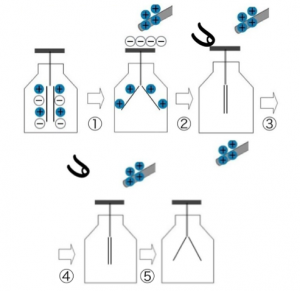Transforming Science Class with the “Incredible Encyclopedia”! A Tablet-Guided Dive into the Microscopic World of Insects!
Hi, I’m Ken Kuwako, a science trainer. Every day is an experiment!
【This article is also available as a podcast!】
Today, I’m excited to introduce a truly “incredible” teaching tool: the digital encyclopedia provided by NHK for School, “Incredible Encyclopedia”!
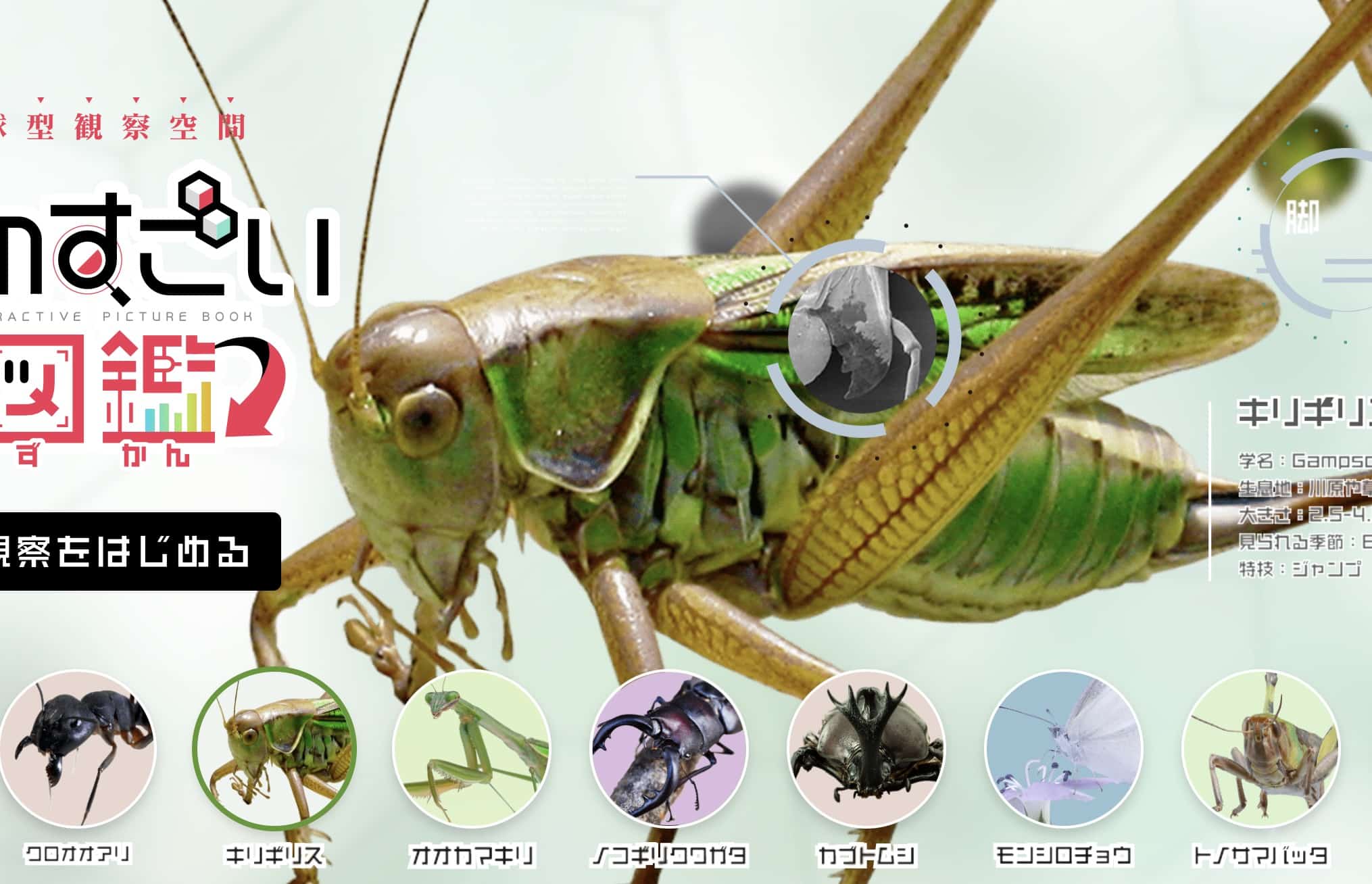
https://www.nhk.or.jp/school/zukan/
This is no ordinary digital encyclopedia. It lets you observe creatures from every angle, as if you’re holding them in your hands, and even experience the microscopic world that’s invisible to the naked eye. I can confidently say that for teaching the “Invertebrates” unit in middle school science, especially for observing insects, there is no other tool as powerful as this one.
“But aren’t digital materials just about watching videos?” you might ask. No, not at all! The “Incredible Encyclopedia” is an interactive tool that lets students actively engage and experience the joy of discovery for themselves. Just imagine students engrossed in observing insects with their Chromebooks or tablets. Can’t you see their eyes light up with that “Aha!” moment?
In this article, I’ll provide a detailed guide on how to make the most of the “Incredible Encyclopedia” in a middle school science class, including specific preparation steps, required materials, and lesson procedures, all from a professional writer’s perspective. So, let’s unlock your students’ intellectual curiosity together with the “Incredible Encyclopedia”!
The content is particularly rich for insects, making it a perfect fit for the middle school “Invertebrates” unit. Since it’s usable on tablets, it’s also great for sketching insects. For example, let’s take a look at this Oriental migratory locust. The photos I’m about to show you are cited from the NHK for School “Incredible Encyclopedia”.
https://www.nhk.or.jp/school/zukan/#grasshopper
Click the “Start Observation” button, and you have complete freedom. You can look down on it,
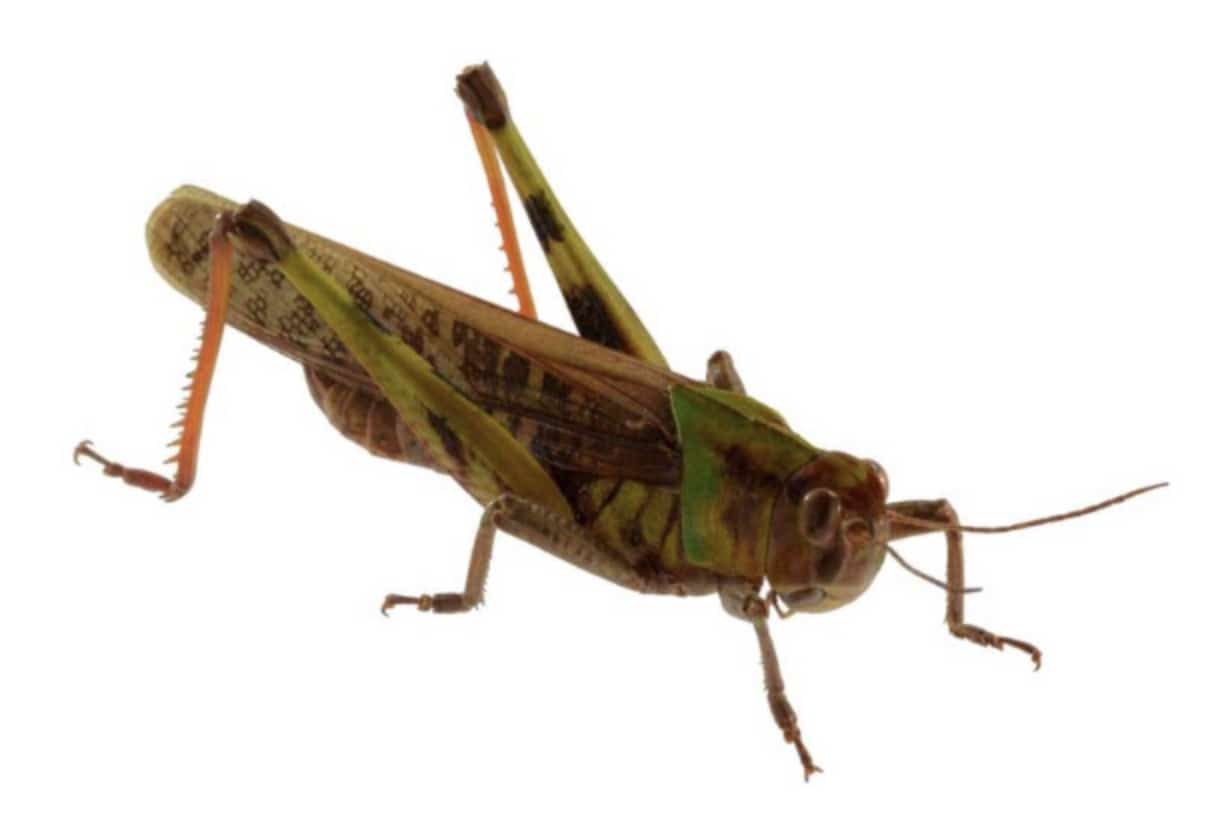
and when you zoom in, points of interest appear.

You can even flip it over.
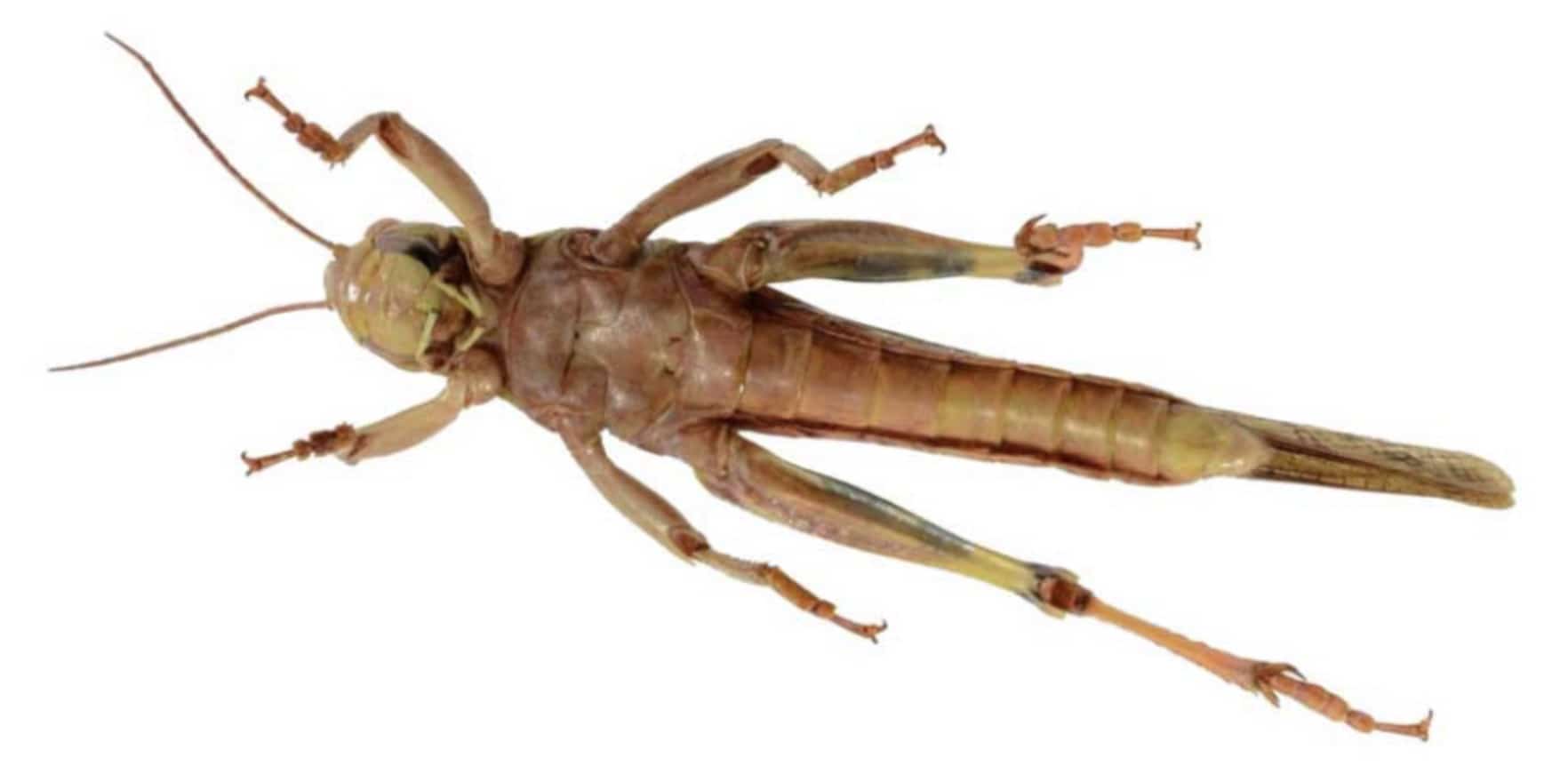
Here, I’ve zoomed in on a spiracle.
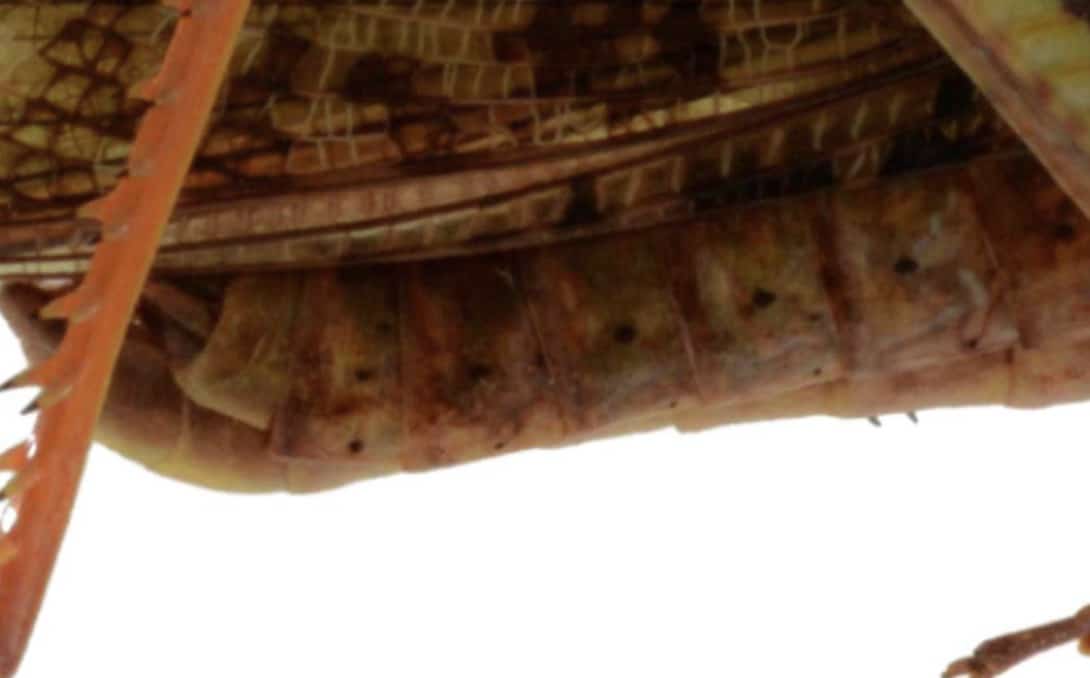
The compound eye even comes with a video. It turns out they have five eyes!
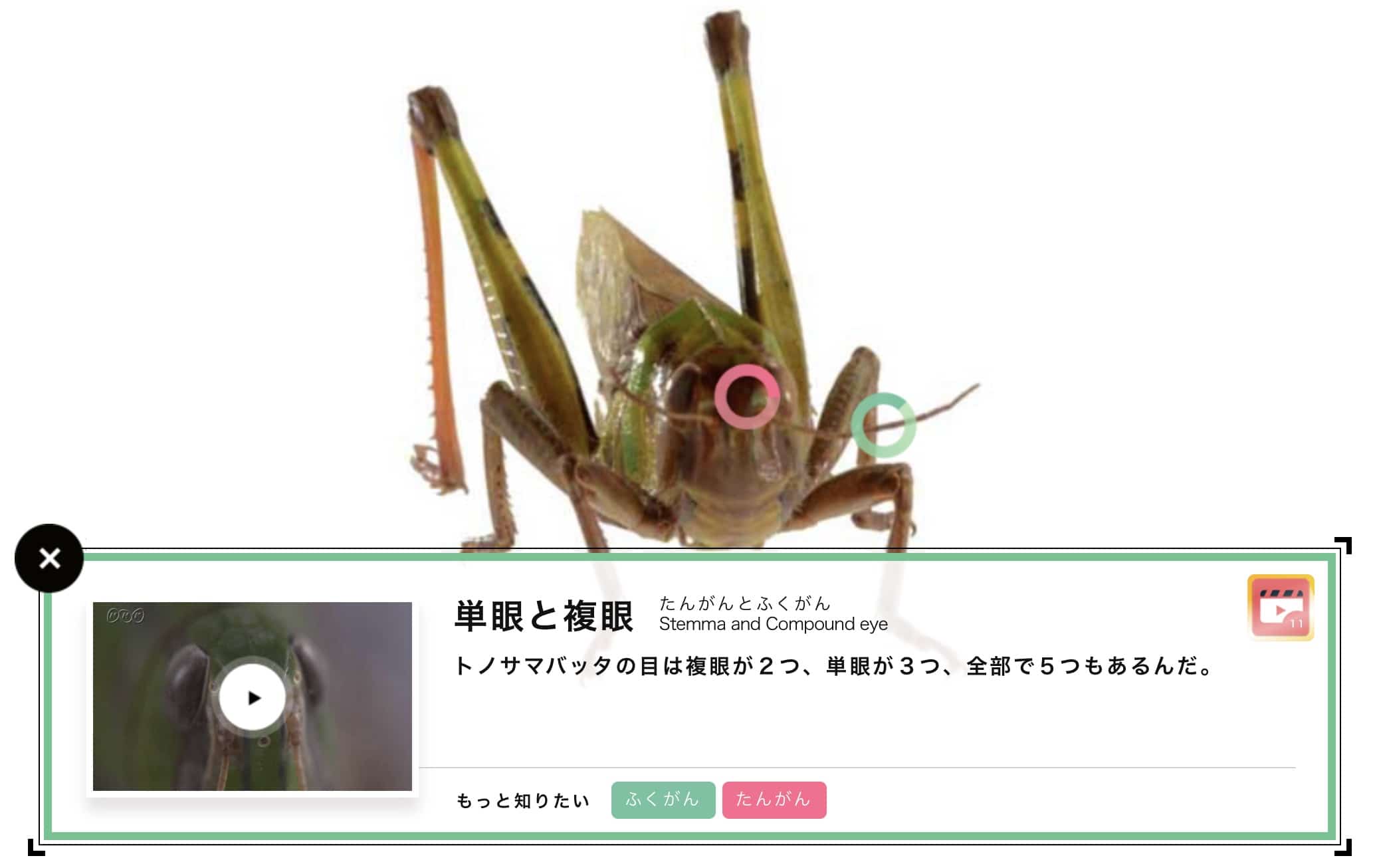
It’s also linked to videos from NHK for School. NHK really has some incredible resources.
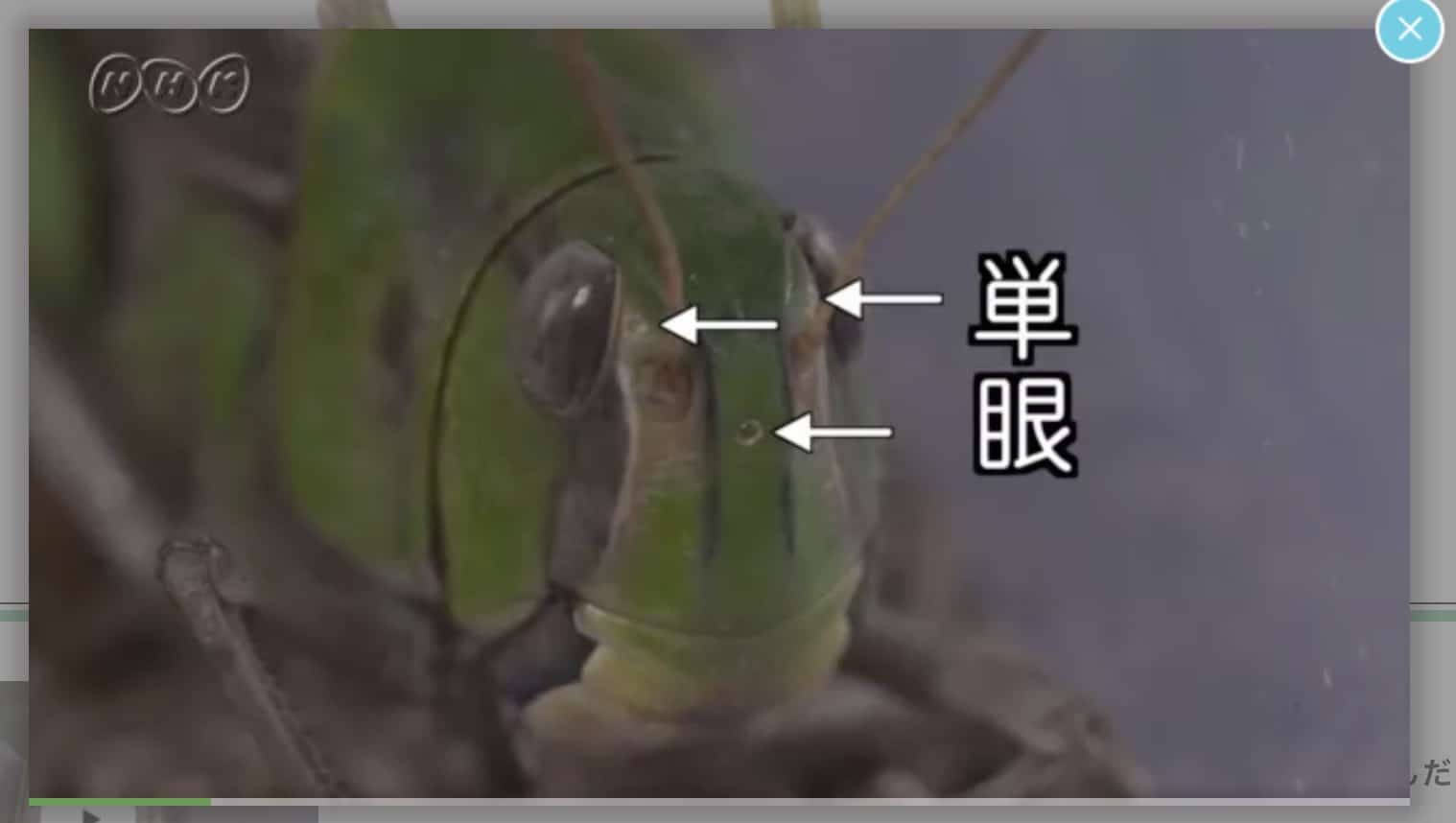
There are many other insects to explore. For the rhinoceros beetle, observing its head, thorax, and abdomen is a great idea. Students will likely be surprised to see how small its head is.
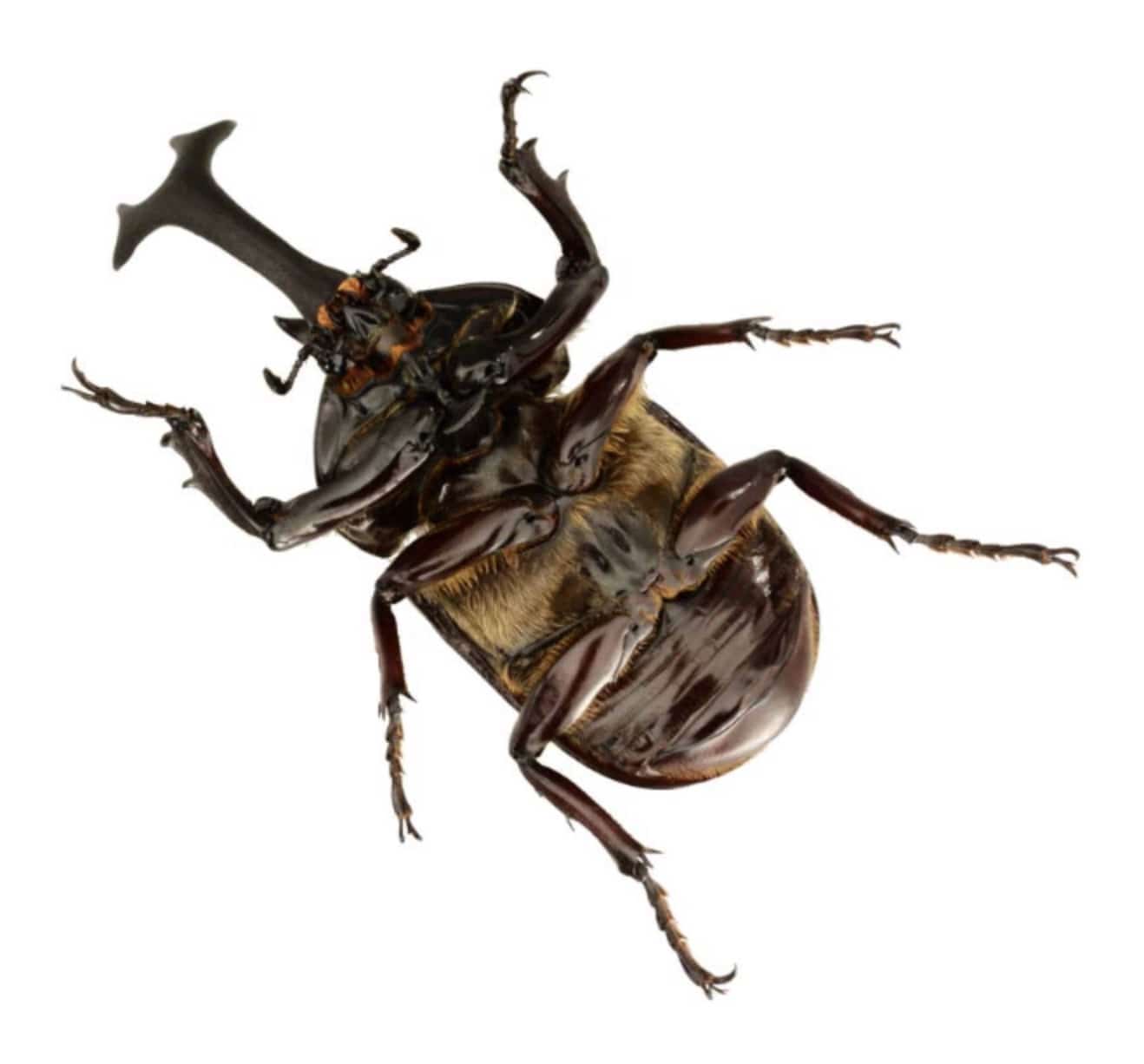
The spiracle of an ant even has a photo from an electron microscope.
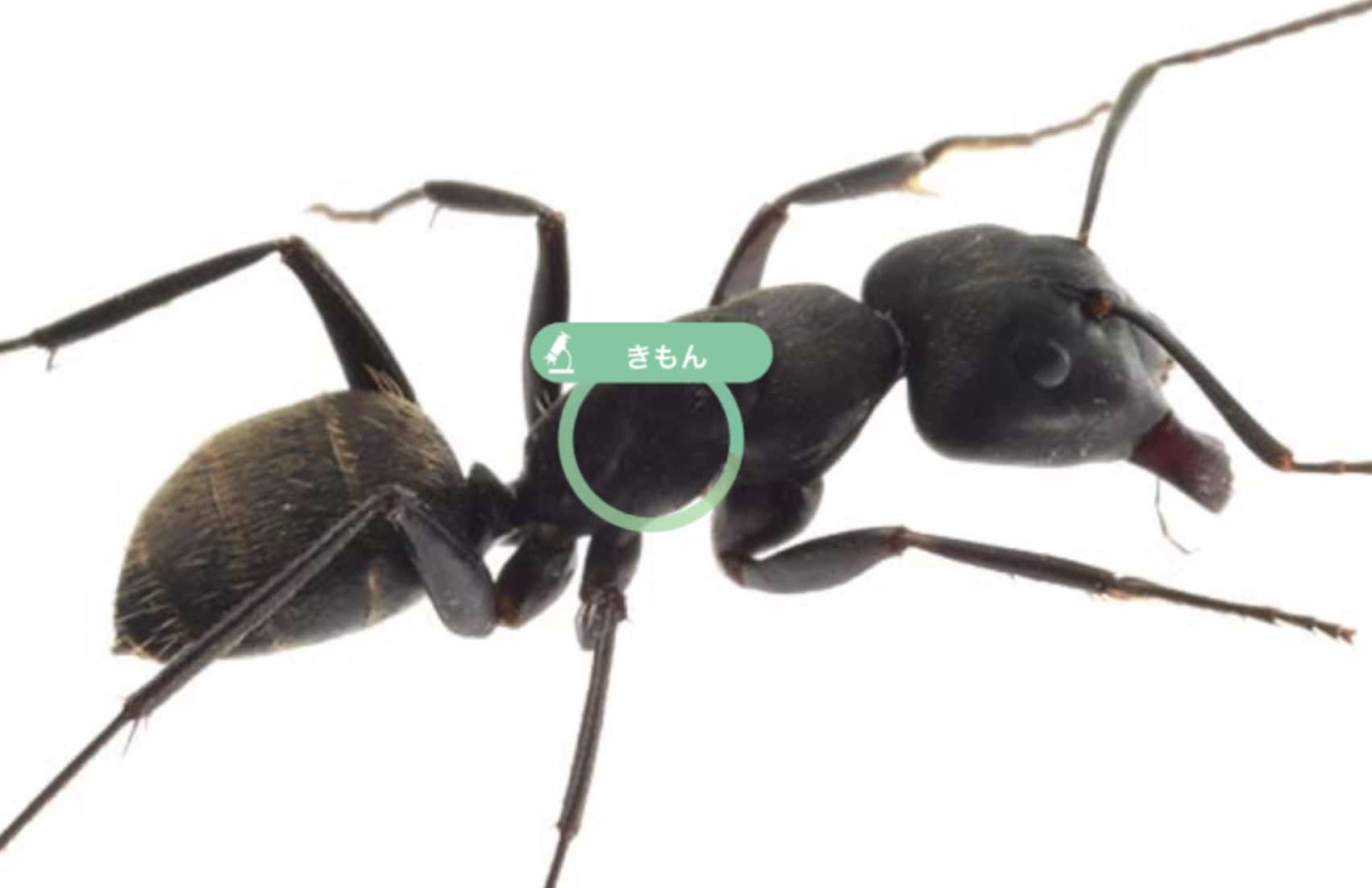
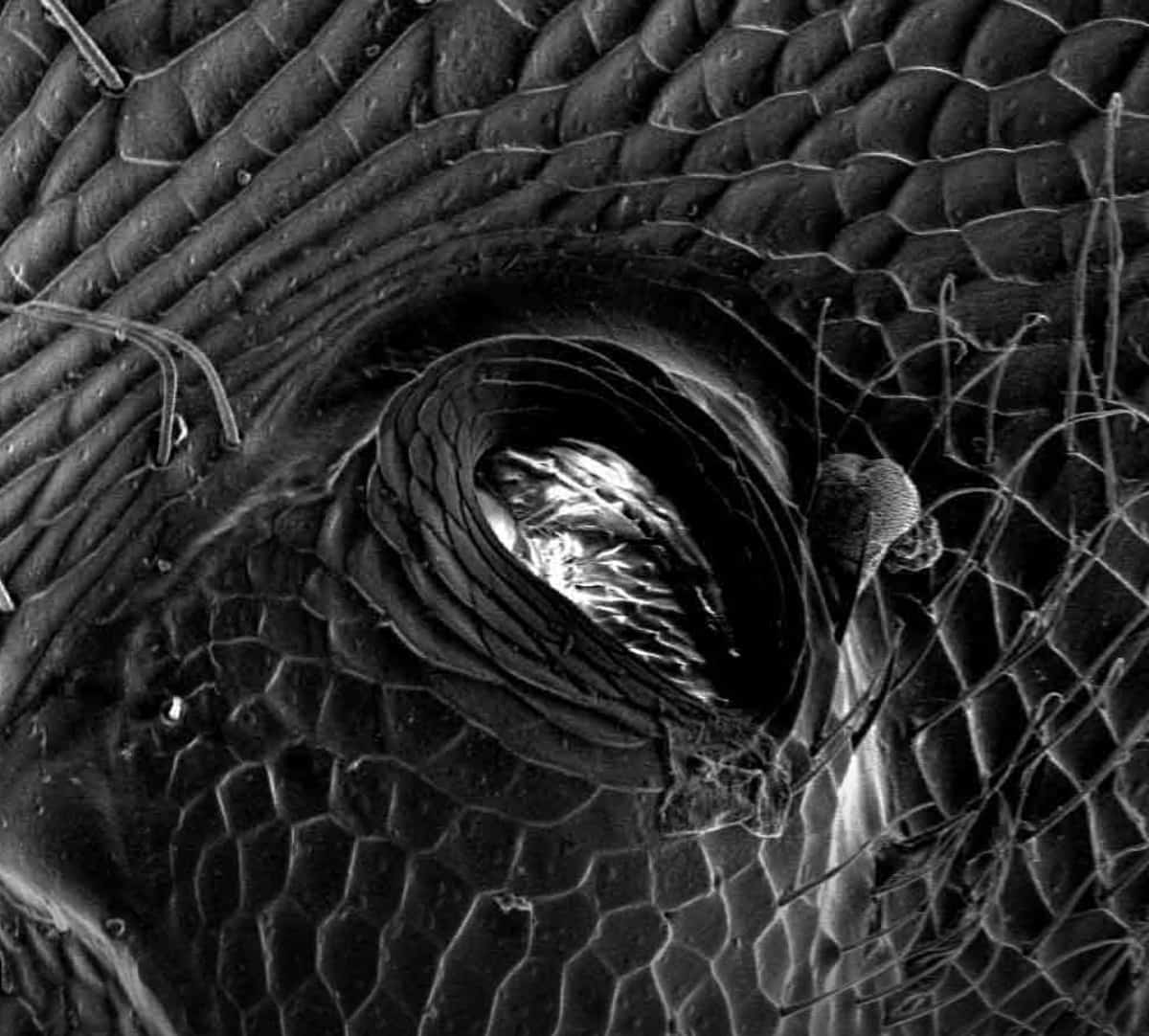
It’s truly incredible.
Key Points for Deepening Science Knowledge
- Beyond Five Senses: The ability to “magnify,” “rotate,” “observe from behind,” and see from an “electron microscope-level perspective” that is impossible with the naked eye gives students a chance to move beyond the limits of their senses and view phenomena from a scientific standpoint. In particular, observing the compound eye and the minute structure of the spiracles can spark an awareness of the complex systems and diversity of living things.
- Structure-Function Relationship: Students are given the opportunity to naturally consider how the structure of each part of a creature—like the rhinoceros beetle’s small head and sturdy thorax, or the locust’s strong hind legs—connects to its function (e.g., the beetle’s powerful movements, the locust’s jumping ability).
- Diversity and Commonality: By comparing and observing a variety of insects, students can understand the common body plan of insects—that they are all divided into a head, thorax, and abdomen—even though they each have different characteristics. This can also lead them to realize that the spiracles seen in the electron microscope photos of ants are a common respiratory organ shared by other insects.
- Interest in Scientific Research: The electron microscope photos and 3D models serve as concrete examples of how scientists explore the microscopic world of living things. This can spark students’ interest in scientific research itself and inspire a desire to “explore more deeply.”
The “Incredible Encyclopedia” is a truly “incredible” digital tool that breathes new life into middle school science classes. It stimulates students’ curiosity with a “I want to know more!” attitude and provides a deeper understanding and the joy of scientific inquiry that can’t be gained from just lectures.
Contact and Requests
Making the wonders and fun of science more accessible! This blog explains fun at-home science experiments and their tips in an easy-to-understand way. Feel free to browse around!
・For more about the author, Ken Kuwako, click here
・For inquiries about my services (writing, lectures, science classes, TV supervision, appearances, etc.), click here
・Article updates are posted on X!

